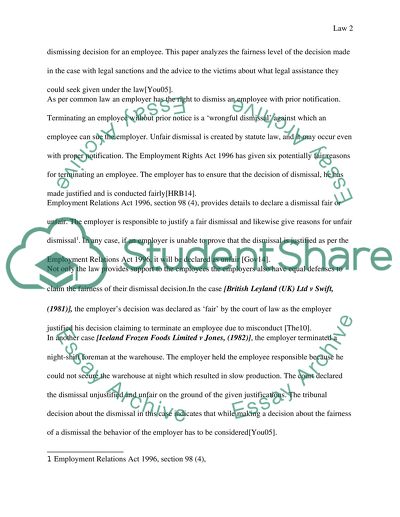Cite this document
(“Legal Framework in Employment Essay Example | Topics and Well Written Essays - 3750 words”, n.d.)
Retrieved from https://studentshare.org/law/1654393-legal-framework-in-employment-2
Retrieved from https://studentshare.org/law/1654393-legal-framework-in-employment-2
(Legal Framework in Employment Essay Example | Topics and Well Written Essays - 3750 Words)
https://studentshare.org/law/1654393-legal-framework-in-employment-2.
https://studentshare.org/law/1654393-legal-framework-in-employment-2.
“Legal Framework in Employment Essay Example | Topics and Well Written Essays - 3750 Words”, n.d. https://studentshare.org/law/1654393-legal-framework-in-employment-2.


